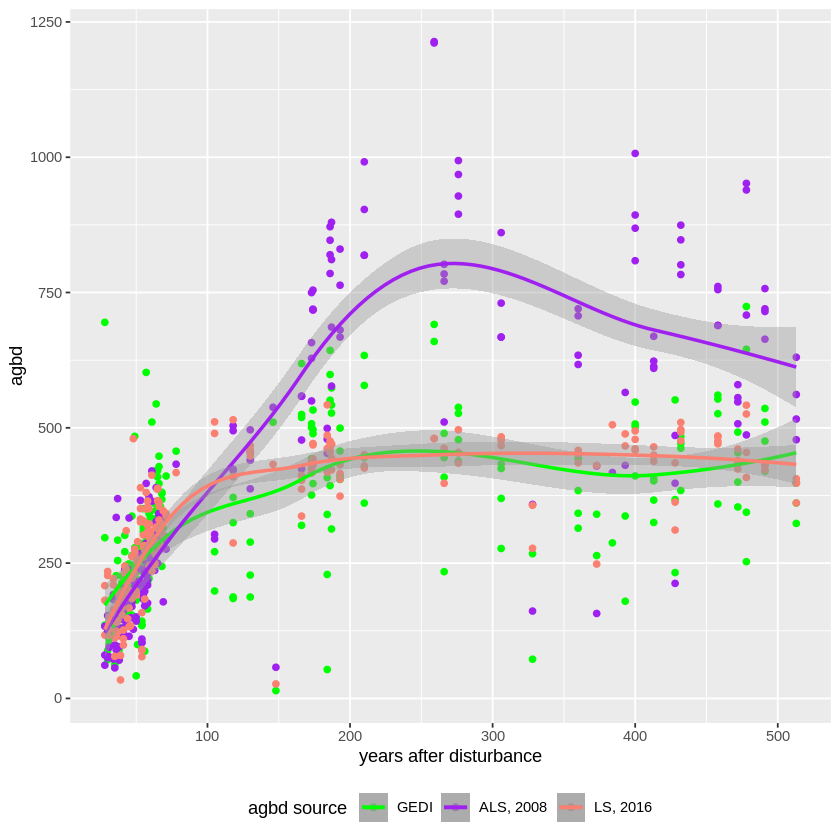It's also important that these trees not be allowed to die and decompose. The decomposition of trees will just put all the captured carbon back into the atmosphere. Dead trees need to be buried underground, or forests planted specifically with the intent to be cut down and eventually and buried underground. Or, even plankton farms created specifically to be harvested and buried.
Ultimately all of this isnt profitable, and thus wont be created at scale. I suspect we need to start making energy providers be required to bury Carbon as part of running their business!



